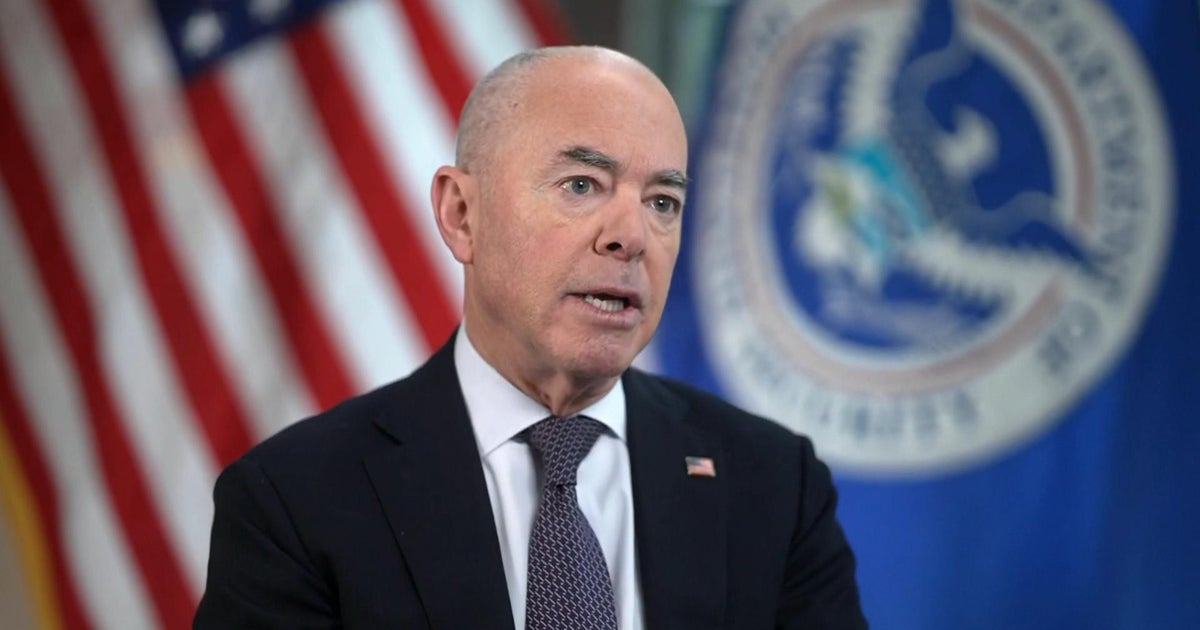May hiring slowed to a crawl as businesses grapple with trade war fears
U.S. businesses slowed down their hiring in May, adding fewer than half the typical monthly jobs that have been created this year on average. The slowdown is sparking fears the U.S. trade war is starting to ripple through the economy.
Employers added 75,000 jobs last month, the U.S. Labor Department said Friday, a figure that fell far short of economists' expectations of about 175,000 jobs for May. The government also revised hiring figures downward for March and April to show that 75,000 fewer jobs were created over the two months than initially expected.
The unemployment rate stayed steady at 3.6%, and the share of people in the labor force remained unchanged, at 62.8% of adults. Wage growth slowed from the prior months: Average hourly pay grew 3.1% year-over-year, down from an annual rate of 3.4% just a few months ago.
Uncertainty driven by politics may be making businesses skittish, economists say. "Rising levels of uncertainty about the future path of economic activity appears to be keeping firms from hiring new employees. Given the mounting pressure from tariffs, market volatility, slowing economic growth internationally and hazy forecasts for interest rates, businesses understandably feel less confident about the environment they will be operating in," Steve Rick, chief economist at CUNA Mutual Group, said in an email.
Professional and business services and health care expanded, adding 33,000 and 16,000 jobs, respectively. Manufacturing continued its soft streak, adding just 3,000 jobs. The sector has grown by only 30,000 jobs this year, after adding 264,000 last year.
"U.S. manufacturers, particularly automobile manufacturers, are also vulnerable to the escalating trade disputes," Julia Pollak, labor economist at ZipRecruiter, said in an email. "Uncertainties and supply chain disruptions caused by recent trade disputes, paired with slowdowns in orders from abroad, are the likely culprits.
164,000 monthly jobs have been created this year on average—more than enough to keep up with population growth, but far short of last year's rate of over 220,000 a month.



